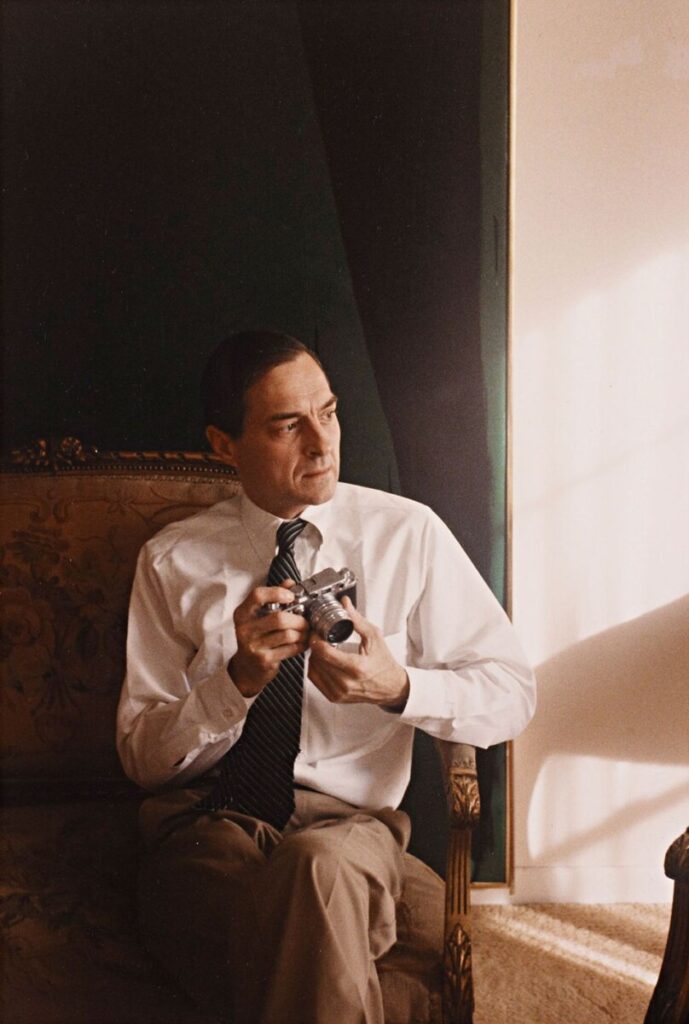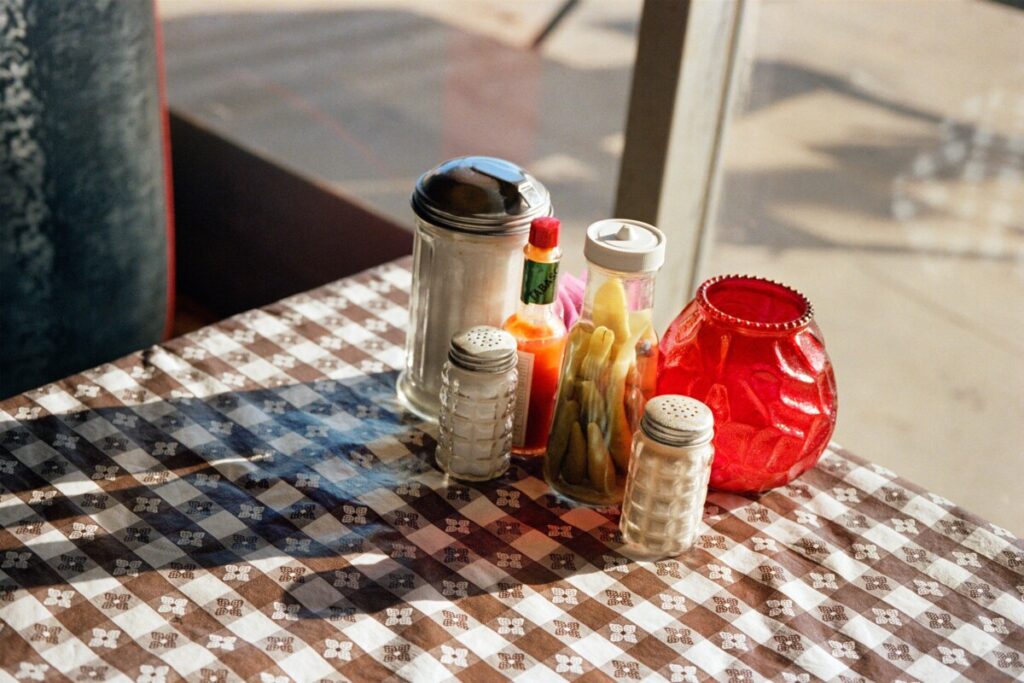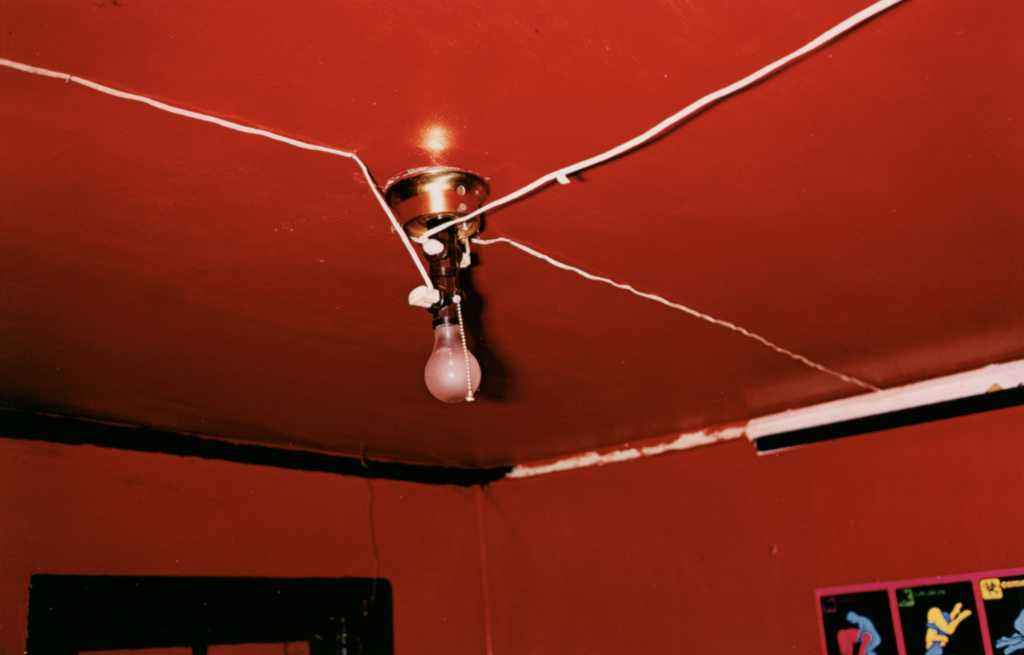William Eggleston

“A picture is what it is… it wouldn’t make any sense to explain them. Kind of diminishes them. People always want to know when something was taken, where it was taken, and, God knows, why it was taken. It gets really ridiculous. I mean, they’re right there, whatever they are.” – William Eggleston.
William Eggleston is one of the many influential photographers that came about the latter half of the 20th century. I believe that even till this day today, his photographs have such a strong voice to those who aspire to grow in the photography field. When I first came to know about William Eggleston, his photographs captured my attention like no others. I remember going to The Metropolitan Musuem of Art for the first time in 2018 and (as I always do whenever I visit a museum) running to the photography exhibitions. I saw multiple exhibits from many great photographers, but Eggleston’s work didn’t just capture my eyes but my heart. I was able to see on display the William Eggleston: Los Alamos exhibit and his colorful photographs made me want to make my own photographs be as colorful and vibrate as him. It wasn’t just the color shown that spoke but how he was able to make every day, common objects and chores people do, look so beautiful and appealing to the eye. Since then, Eggleston has become my favorite photographer and one to influence my own personal works.

In William Eggleston’s work, we can see that his photographs appear to be very vibrate and colorful. He is considered the father of color photography. Before all of this, Eggleston’s work was influenced by other photographers such as Walker Evans, Robert Frank, Henri Cartier-Bresson and Gray Winogrand. His first works were like everyone else’s, black and white photographs. At the time, black and white photographs were widely accepted by the people, but Eggleston took a step forward and challenged the conventions of photography. In the 1960’s color technology was territory of the advertisement world and dye-transfer photography was considered beneath serious photographers. No one dared to use color except Eggleston himself. He took the chance of creating multiple full color saturated vibrate photographs which landed him to his big ground-breaking solo exhibit in 1976. Eggleston was the one who changed people’s way of perceiving color photography and thus making it widely accept by the people. Eggleston inspired color photography and many other artists such as Jeff Wall, Catherine Opie, Nan Goldin and David Lynch.

William Eggleston
Willaim Eggleston was born on July 27, 1939 in Memphis Tennessee. He had grown up with his grandparents, in Summer, Mississippi, where his grandfather played an important big role in raising him. He was born into a wealth family, being the son of an engineer and local judge. His family also owned their own cotton plantations. Durning his early ages, his mother would say that he was a brilliant but strange boy. He did many things such as drawing, playing the piano and fooling around with electronics. He had a love for visual medias and found joy in cutting up pictures in magazines and buying postcards. He studied art in college for about six years but never managed to receive his degrees. He had attended multiply colleges such as Vanderbilt University, Delta State College and the University of Mississippi. Whie in the process of being in school, he found his love and passion for photography grow much more. He had discovered photojournalism and the dye-transfer process while in school. He came across many other artist’s works that had been mentioned before and took on from there. He currently still lives at the age of 81 in his hometown of Memphis. He still is creating photographs out of everyday things we see or things we do. He has two daughters, Andra and Electra and two sons William Eggleston III and Winston. One of his sons, Winston, runs The Eggleston Artistic Trust.

William Eggleston American
In the late 1960’s, Eggleston was already experimenting with color photography. As said before, it was too lowbrow to be considered fine art photography. Eggleston didn’t care and he continued to produce his photographs and as he said, he wanted to see things in color because the world is in color. In the mid-70s, Eggleston was awarded The Guggenheim and The National Endowment for the Arts Fellowships. It wasn’t until with the help of curator John Szarkowski that in 1976, Eggleston’s art was recognized by his first solo exhibition at the Museum of Modern Art called William Eggleston’s Guide. Since his debut exhibition, Eggleston continued to grow as a photographer and produced a number of different and important photobooks as The Democratic Forest and William Eggleston: Los Alamos just to name a few. In 1989 he accepted on of 54 Master Photographer of 1960-1979 awards from the Photographic Society of Japan. He also was awarded Gold Medal for Photography from the National Arts Club in New York, received the Getty Images Lifetime Achievement Award in 2004 and later that same year accepted the Photoespana Award. Today he as multiple exhibits and displays across the world held in such as the J. Paul Getty Museum in Los Angeles, the National Gallery of Art in Washington, D.C., the Victoria and Albert Museum in London and the Whitney Museum of American Art in New York, among other and, has been recognized of one of many important influential photographers in the industry.
I have personally learned a lot about William Eggleston himself. I have learned that he was the one who in a way introduced color to the photography world. Who knows, maybe if it weren’t for him no one would be so brave and carefree about what others thought about stepping out the comfort zone society had implied. He’s the only photographer that I have took much interest in ever and I consider him to be my personal favorite photographer. I admire his brilliant, joyful random works that inspire me to do the same because I don’t see photography as the standard portraits and landscapes. Those are beautiful as well and I can’t deny that I take photographs like that too but just seeing that someone like William Eggleston take photographs of ‘plain’, ‘boring’ and ‘ugly’ everyday things we are surrounded by or things we do every single day, can make it into something so beautiful and attractive to the eye.



